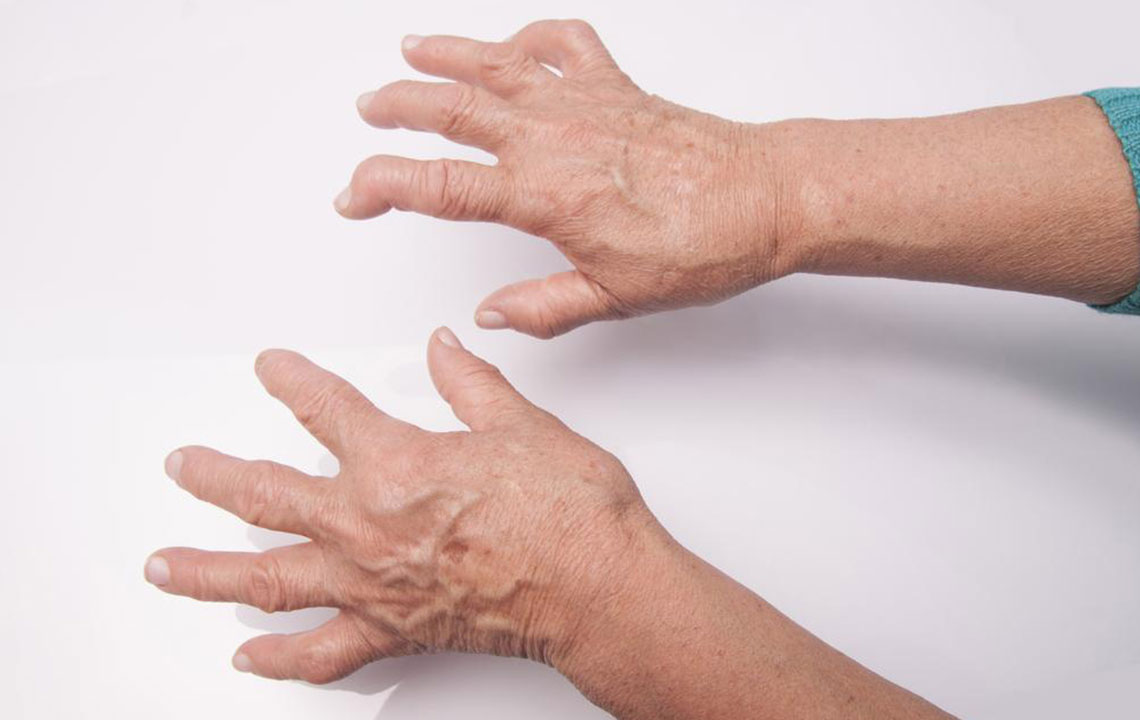Recognizing the First Signs of Scleroderma
Learn to identify early signs of scleroderma, including skin tightening, organ issues, and finger changes. Early diagnosis can improve management and outcomes. This guide highlights key symptoms, importance of prompt detection, and when to seek medical help for this rare autoimmune disease.

Scleroderma is an uncommon autoimmune disorder characterized by the thickening and hardening of the skin, caused by excessive collagen buildup. Typically affecting the upper skin layers, it can sometimes invade deeper tissues, including internal organs, blood vessels, and the digestive system. More prevalent in women between ages 30 and 50, scleroderma currently has no cure. However, early detection of symptoms can lead to better management. Recognizing signs such as skin tightening, organ issues, digestive problems, calcium deposits, and finger or toe changes is crucial for timely intervention.
Skin Tightening – The earliest indicator is skin hardening and tightening, forming patches that can be oval or straight. These patches limit movement and vary in location, size, and shape, influencing the type of scleroderma.
Organ-Related Symptoms – Scleroderma can impact lungs, heart, and kidneys, causing inflammation, irregular heartbeats, or high blood pressure, which require prompt medical attention to prevent life-threatening complications.
Digestive System Problems – Acid reflux and impaired nutrient absorption are common early symptoms, resulting from damaged the esophagus and slow intestinal motility.
Calcium Deposits – Calcium can accumulate in connective tissues, forming noticeable deposits.
Changes in Fingers and Toes – Discoloration, pain, or numbness in extremities during cold or emotional stress are typical early signs.
If symptoms are confined to the skin, they may subside within five to seven years. However, internal organ involvement can worsen over time if untreated.
Note:
The information shared on this site covers various health topics, providing useful and practical insights. Please consider these insights as general guidance—consult healthcare professionals for accurate diagnosis and treatment. The site is not responsible for discrepancies or inaccuracies in external sources or specific medical conditions. Availability of schemes or offers may vary, and readers should verify relevant details independently.










